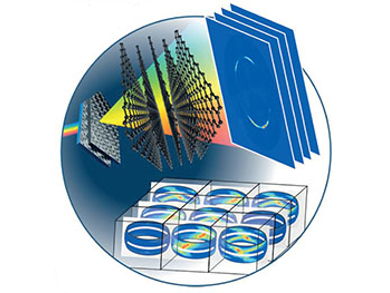In this issue, A. Ambrosi and S. E. Denmark review the use of the water-gas shift reaction for organic synthesis. How can its power be harnessed in hydrogenation reactions and catalytic reductive processes? In a Minireview, K. S. Egorova and V. P. Ananikov discuss green metals for catalysis and compare toxicities of transition-metal salts. The Highlight deals with the balance between C=C functionalization and C=O reduction in Cu–H catalysis (J. Mohr, M. Oestreich).
In the Communications section, H. C. Lichtenegger et al. show how photon energy can be used as a third dimension in crystallographic texture analysis (see picture). A. Schulz et al. present a metal-free activation of hydrogen, carbon dioxide, and ammonia by an open-shell singlet biradicaloid. H. Imahori et al. succeeded in the synthesis and analysis of phosphorus-containing porphyrins by fusion of porphyrins and phospholes, and F. J. Dekker et al. describe activity-based probes for 15-lipoxygenase-1.
- Angewandte Chemie 40/2016: Harnessing the Power,
Angew. Chem. Int. Ed. 2016, 55 (40).



